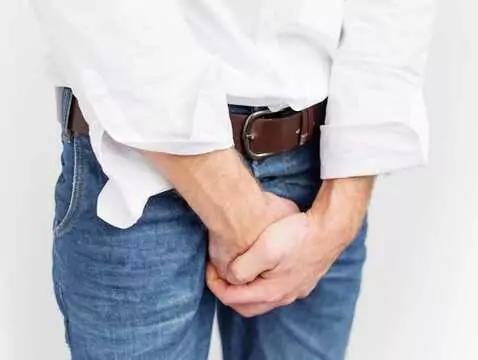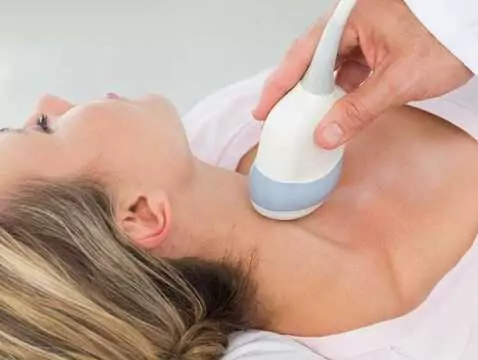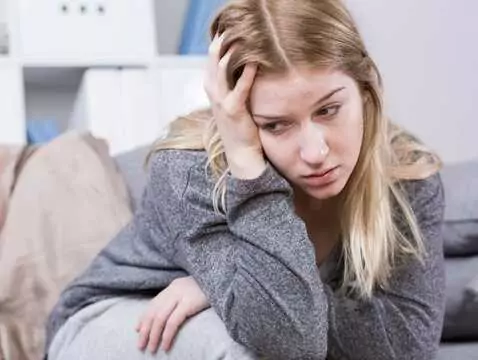The problem of painful menstruation is mainly age-related and affects girls and young women. The scale of the phenomenon is approximately 30% to 70% of the population. The underlying causes of this disorder are many, hence the need for properly managed diagnosis. In the first instance, pharmacological therapy is used, but in the second instance, thermotherapy proves to be effective, as confirmed by ongoing studies.
Ad:









